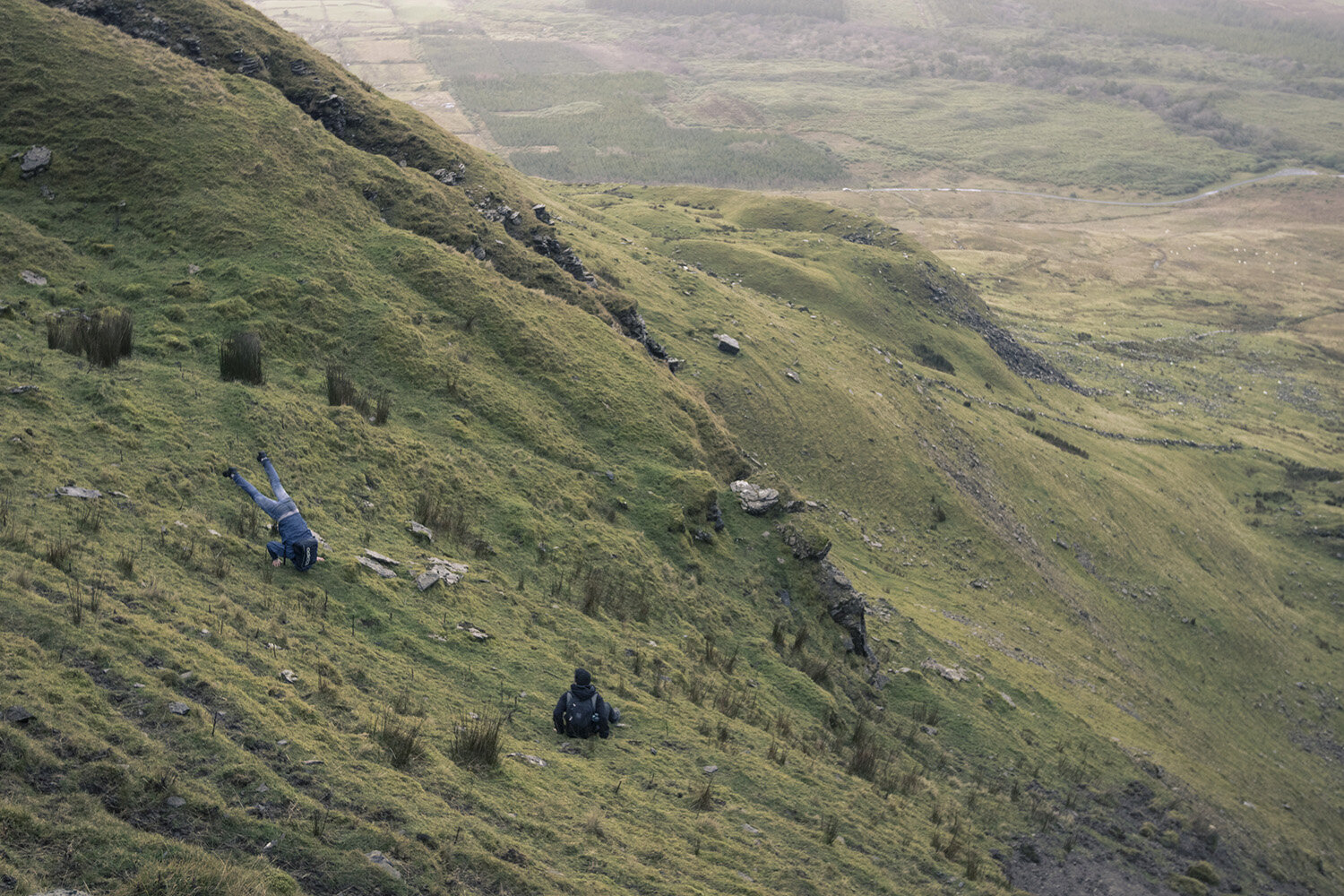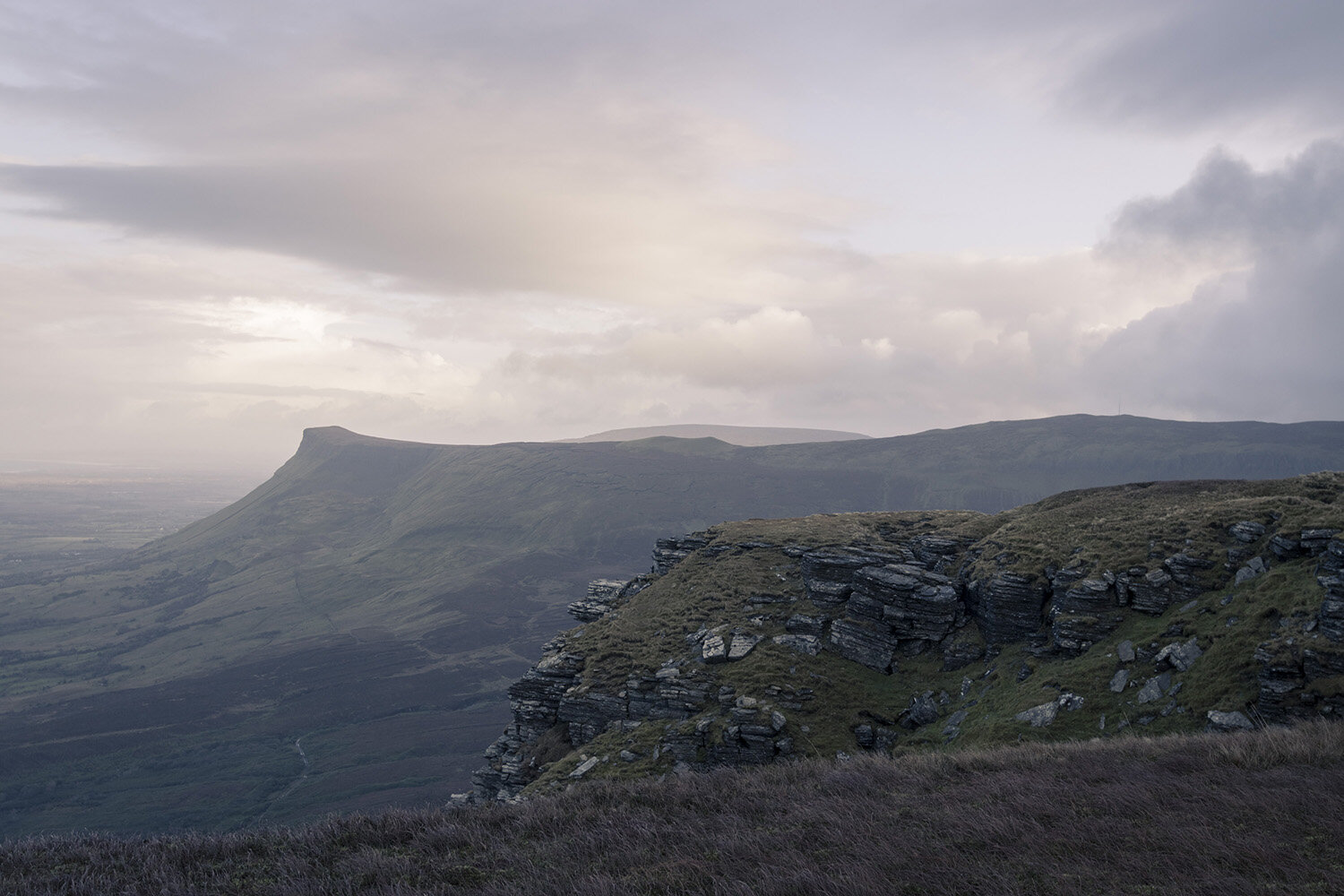It was on a Monday that I received an email from my grandfather suggesting I read this book. Four days later, I received a phone call from the director of our camp asking if I would lead a discussion on prayer. The book he wanted me to use as a resource was one and the same.
Seeing this as perhaps an answer to someone’s prayers for me, I agreed, and began to read the book in preparation for our discussion. It turns out I needed the encouragement between these pages perhaps as much as our campers.
What is Prayer?
“Two men went up into the temple to pray, one a Pharisee and the other a tax collector. The Pharisee, standing by himself, prayed thus: ‘God, I thank you that I am not like other men, extortioners, unjust, adulterers, or even like this tax collector. I fast twice a week; I give tithes of all that I get.’ But the tax collector, standing far off, would not even lift up his eyes to heaven, but beat his breast saying, ‘God be merciful to me, a sinner!’ I tell you, this man went down to his house justified, rather than the other. For everyone who exalts himself will be humbled, but the one who humbles himself will be exalted.”
- Luke 18:10-14
Prayer is not a production, a theatrical show where you demonstrate your spiritual excellence to God and others. It’s not an opportunity to build yourself up in pride and exalt yourself. Instead, prayer is a conversation. Here, you can remove all your masks and your theatre and be open before a God who cares deeply for you. In the way you might talk to another person, you can talk to the God of heaven, telling him your concerns and your hopes, hiding nothing.
“Hear a just cause, O Lord; attend to my cry!
Give ear to my prayer from lips free of deceit!
From your presence let my vindication come
Let your eyes behold the right!”
- Psalm 17: 1-2
Prayer is not controlling God or others. How often do we pray for God to get other people to do what we want? How often do we ask God to change someone’s mind? Are we using prayer as a way to try and control our circumstances and our relationships? Do we get angry and bitter because we asked God to do something for us and He did not do it, at least not in the particular way we wanted Him to?
No, prayer is giving up control you never had. Scripture says not to be anxious but to pray. It is a pathway to understanding that God is in control and we do not have to try to control things that are out of our grasp. Is this easy? Hardly! But in the process of bringing our requests to God, speaking with Him about the things we desperately want to control, and reminding ourselves that it is He who works for our benefit, we can begin to trust Him that He will indeed act. We can cry out for vindication and trust that He shall, in His way, bring the justice we desire. He is sovereign, we are not; our worries do nothing to add to our life. Let go of the control you never had anyway.
“Rejoice always, pray without ceasing, give thanks in all circumstances; for this is the will of God in Christ Jesus for you.”
- 1 Thessalonians 5:16-18
Prayer leaves no room for cynicism. Oftentimes in life, we find ourselves in the “Valley of the Shadow of Death” mentioned in Psalm 23. Those of us who just look at our surroundings can give into the hard-heartedness of cynicism, choosing to distrust God, choosing to wallow in the evil and darkness we see around us. We take on the role of the cynic, observing the world around us, critiquing and complaining, asking “what’s the point” and foregoing hope.
If we lead a praying life, then we shall have a life of thankfulness. Even in the valley, we will keep our eyes on the shepherd who guides us through it. We will have eyes to see the ways that He is bringing restoration and hope in the midst of weariness. We will trust Him, we will find hope rising in our hearts as we choose thankfulness for all that our Shepherd has brought us through and all that He is doing to bring future restoration, healing, and goodness.
“In all circumstances take up the shield of faith, with which you can extinguish all the flaming darts of the evil one; and take the helmet of salvation, and the sword of the Spirit, which is the word of God, praying at all times in the Spirit, with all prayer and supplication. To that end, keep alert with all perseverance, making supplication for all the saints, and also for me, that words may be given to me in opening my mouth boldy to proclaim the mystery of the gospel…”
- Ephesians 6: 16-19
Prayer is not some side thing, some random activity we occasionally engage in, some item at the bottom of the to-do list that we might eventually get around to. Prayer is part of daily life. Such an idea can seem overwhelming to us - where will I find time to stop and talk to God about my day on a consistent, much less constant basis? It seems quaint as well - why would God care about the details of shopping at Lidl or having some tea or doing my homework? Yet there is a call to pray at all times, to ground your steps in an attitude of prayer. As thoughts come to you about others in need, you can pray. As you interact with people in shops, you can pray. Prayer can be simple sentences and expressions of need: “Help me, Lord Jesus,” and “Spirit of God, give me eyes to see as You see right now.”
“Father, if you are willing, remove this cup from me. Nevertheless, not my will, but yours be done.”
- Luke 22:42
Prayer is not self-negation. God does not ask us to completely ignore our selves or refuse to acknowledge our own need and desires. He does not ask for a blind robotic obedience. He does ask for surrender, for us to to give our lives to him (Luke 9:23 - 26). This however, is prayerful dependence. We bring our whole selves to God.
Jesus brought his whole self to the Father, acknowledging the difficulty of the task ahead of him, and surrendered in dependence and trust. If anyone could decide to be totally independent, one might think it would be Jesus - fully God, fully man, fully able to take care of himself. And yet He did the very opposite, constantly in communication with his Father, prioritizing prayer, and often stating that He did nothing that he did not see the Father doing. Can we depend on a God in prayer, bringing our full selves to him, surrendering to Him because He is good, trustworthy, faithful, and true?
“But He [Jesus] would withdraw to desolate places and pray.”
- Luke 5:16
Prayer is not a way to check out of life. How often do we pray for God to take away the consequences of our bad decisions? How often do we walk past a homeless person on the street and pray for God to do something for them without considering that we could give them a sandwich, a handshake, and friendly words? How often do we shoot a quick prayer off and go back to bingeing something on Netflix? I have often found myself guilty of using prayer as a defense mechanism, as a way to disengage with the world around me, as a way to avoid responsibility.
Yet Jesus withdrew from the world in prayer, not as an escape, but as a way to live in God’s strength. God invites us to cast our cares and anxieties upon Him, for He is gentle (Matthew 11:28-30). In so doing, we can re-engage the world around us, knowing that we have God’s loving strength guiding us, leading us, carrying us. Instead of hiding from the world in fear, we can go forth in boldness. I often find myself praying for other people to know Jesus, yet shy away from communicating the goodness of the Gospel to them myself. Such a way of living is not trusting God. It is checking out, as opposed to moving forward in His strength. May God help us to run from self-preservation and towards confidence in His character.
What is Prayer?

















